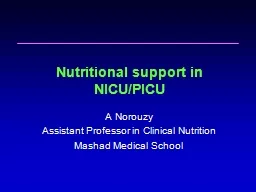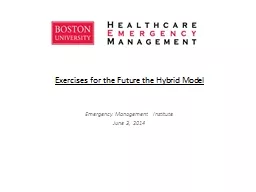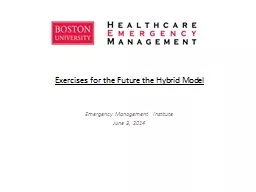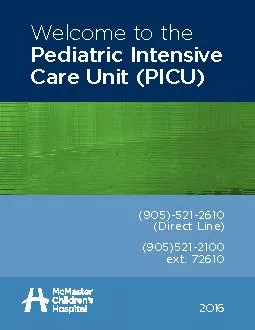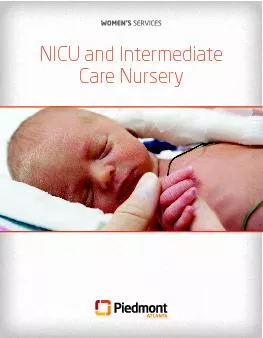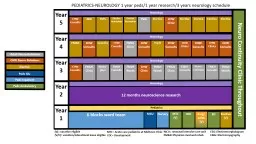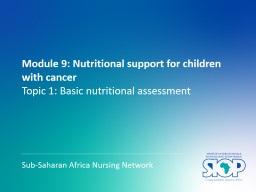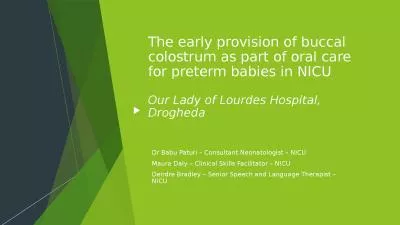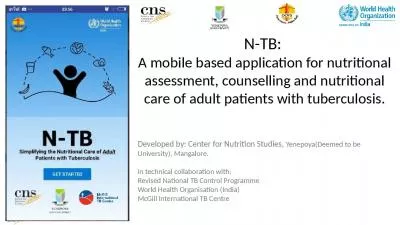PPT-Nutritional support in NICU/PICU
Author : sportyinds | Published Date : 2020-06-17
A Norouzy Assistant Professor in Clinical Nutrition Mashad Medical School NICU Energy and protein goals TPN Term Energy 80100 kcalkgday Protein 2535 gkgday Preterm
Presentation Embed Code
Download Presentation
Download Presentation The PPT/PDF document "Nutritional support in NICU/PICU" is the property of its rightful owner. Permission is granted to download and print the materials on this website for personal, non-commercial use only, and to display it on your personal computer provided you do not modify the materials and that you retain all copyright notices contained in the materials. By downloading content from our website, you accept the terms of this agreement.
Nutritional support in NICU/PICU: Transcript
Download Rules Of Document
"Nutritional support in NICU/PICU"The content belongs to its owner. You may download and print it for personal use, without modification, and keep all copyright notices. By downloading, you agree to these terms.
Related Documents

